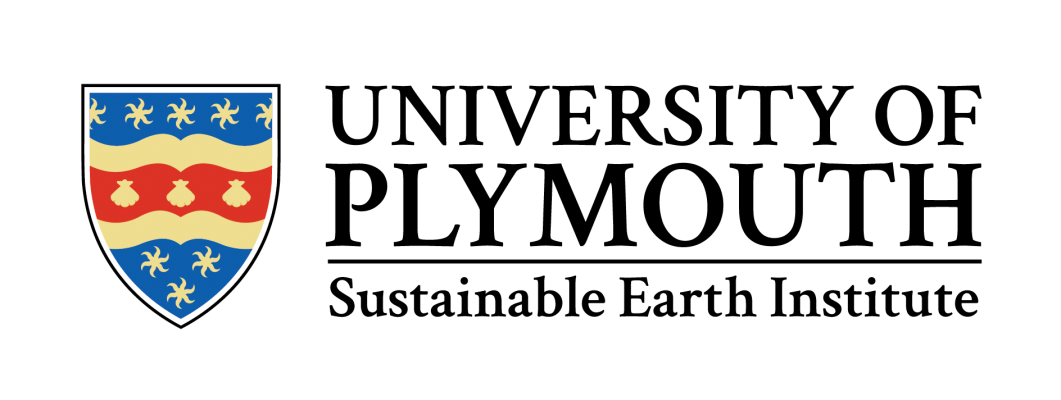SEI PhD student Johanna Ickert reports on a scoping workshop at the IASS Potsdam
There is much appraisal of the mutual benefits of Arts and Science in an abstract sense, but in practical terms what are the appropriate spaces for their meaningful interactions? What do Artists really think of scientists, and vice-versa? Can Arts and Science truly complement each other, and if so, how?
Theses were questions addressed during the scoping workshop “Synergies between Arts and Science for Sustainability Transformations”, held by Institute for Advanced Sustainability Studies in Potsdam on the 17th of November. Artists from around the world, transdisciplinary communicators and Artistic researchers were critically exploring the promising terrain of Art-Science-collaborations, discussing different kinds of hurdles and tensions they experience in their daily work, but also coming up with ideas for solutions and new synergies.
In the last decade, there has been a rapidly expanding engagement of Sciences with the Arts and vice versa – numerous wishes and expectations converge at this lively interface. Scientists engage with the Arts to find novel approaches to communicate their findings and to reach different audiences. On the other hand, the Arts’ are often inspired by scientific knowledge bases, adopt or experiment with scientific methods in the context of their artistic practice, or practice themselves artistic research.
Yet, Art-Science-collaborations may unfold far more potential and go beyond the Arts being a mere “add on” for a more effective scientific outreach, or the science being a “source of inspiration” for artists. Rather than reflecting about the dichotomies and the mere instrumental character of Art-Science-collaborations, the workshop discussion quickly shifted towards the many convergences between artists and scientists and their potential for new forms of joint knowledge production in order to better respond to societal imperatives for transformation. Finding solutions to approach complex phenomenons of the Anthropocene, such as climate change, loss of biodiversity, or an increased vulnerability to geohazards and risks challenges us to fundamentally rethink dualisms such as “theory” / “practice”, “objectivity” / “subjectivity”, or “nature”/”culture” in a way that overcomes the all-too-common antagonisms. Therefore, according to the workshop participants, the cooperation of artists and scientists shall not merely “accumulate” further knowledge in accordance with a naïve notion of a knowledge society, but focus more on a creative reconfiguration of knowledge with an increased focus on methodological aspects.
Projects such as One Hectar, Paradise Reloaded – Creation in the Anthropocene,World of Matter or platforms such as SenseLab, or !KF critically engage with sensual and material practices of Art and at the same time demonstrate new ways of seeing and approaching scientific research, dealing with unknown domains and using novel methods to approach the unthought, unseen or not yet experienced. They hold the potential to cross linguistic, socioeconomic, and ethnic lines, and bring together pArticipants that would ordinarily not interact. But how can Art-Science-collaborations be more deeply rooted within our society? How can they not just serve the development new projects or products, but also provide new insights in the dynamics and conditions of such collaborations?
Despite the agreement, that Art-Science-collaboration are forward-looking platforms to find, reflect upon and communicate new topics and concerns in the field of sustainable development that are not visible in the shadows of disciplinary silos, there are still major challenges to overcome: ”Both in theory and in practice, we have far more experience with the alienation or even mutual exclusivity of the two spheres than with their successful combination,” so the workshop initiators Manuel Rivera and Amy Green, from the IASS team in the concept note of the workshop. Existing career and tenure tracks in Science are still informed by disciplinary standards and expectations. Professional goals in disciplinary research often are not allowing time and space for any transdisciplinary “side-steps”. Only few scientific journals are dedicated to reflect the methodological outcomes of Art-Science collaborations. “Terminological traditions often juxtapose the intuitiveness of the artist against the analytical approach of the scientist, or assign emotional impact aligned with diffuseness to the Artistic products, while reserving sobriety and intelligibility to scientific outcomes”, so Rivera. These still existing stereotypes often go along with a fear of scientists that an open intermingling with Artists in the framework of more institutionalized, long term collaborations might decrease the quality of disciplinary research and to lose focus.
To more fully harness the opportunities of Art-Science collaborations requires a critical reflection and evaluation of methodological frameworks, as well as the confronting of institutional and funding hurdles. Although inter- and transdisciplinary research is widely appreciated by funding institutions and scientific associations, there was broad agreement that other review processes are needed to include equal weighting for transdisciplinary collaborations. University and research institutes hold the potential to further become incubators for such collaborations, by promoting networks and establishing sound research frameworks and criteria for methodological practices. Joint research projects could promote the development of new research questions, new knowledge as well as the possibility of altered methodological practices whilst at the same time respecting and using the existing disciplinary frameworks. Ideally, such collaborations further develop disciplinary tools and concerns through mutual learning, and substantially contribute to better understanding and approaching the changes gripping our societies.
Johanna Ickert is a PhD student within the framework of the EU ITN project ‘Anatolian pLateau climatE and Tectonic hazards’ (ALERT), undertaking an anthropological study of seismic hazard communication in Istanbul under the supervision of Prof Iain Stewart (SoGEES).
